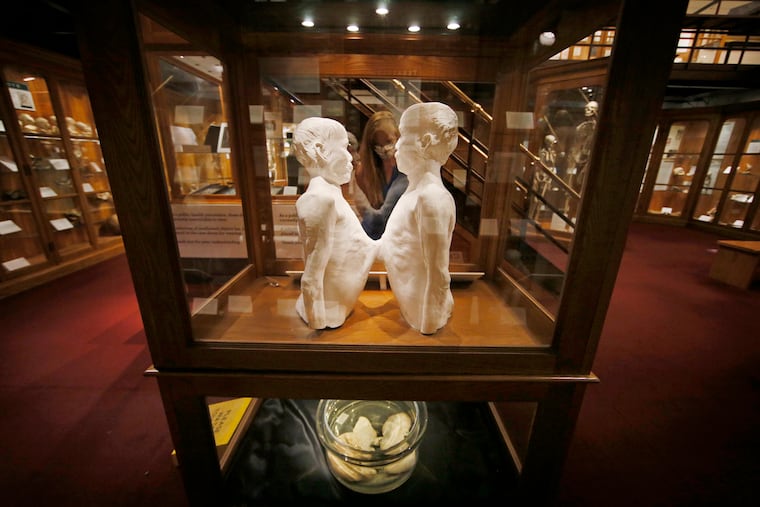Mütter Museum unveils $3 million dollar renovations to collections and research facilities
The Mütter Museum’s $3.2 million renovation will modernize and fireproof its collection storage and research facilities.

With some of the world’s most interesting specimens in medical history, The Mütter Museum has a lot of unique assets to protect. That’s why the Philadelphia institution spent millions on recent renovations.
The $3.2 million modernization and fireproofing project started last year to upgrade the collection storage facilities and research labs that medical professionals travel across the globe to utilize. This project, the most significant renovation in more than 30 years, is coming at a time when the museum is auditing its collection for the first time since the 1940s. These upgrades will bolster the 35,000-item collection’s safety with fireproofing and improve accessibility and quality of life features for in-person research at the museum, which is critically important to the museum’s success, according to Kate Quinn, The Mütter’s executive director. Now that the renovations are complete, collections are open again to researchers by request.
“The collection had been housed in very dated shelving and in awkward spaces, making access somewhat difficult,” said Quinn. “This renovation has presented much easier physical access to the items in the collection.”

While the building was designed in the early 1900s with fire protection in mind, using materials like concrete and brick to build it, the collection itself has countless specimens stored in highly-flammable ethanol that require a more modern safety system than was afforded to them during the 1986 renovations.
These modernization efforts include a new sprinkler system to protect the collections storage areas and workspaces, an enhanced barrier around the specimen storage rooms to provide a higher level of fire separation from the rest of the building and new air filtration equipment that provides controlled heating and cooling with fresh air pumped in and drawing lab air and fumes out to the roof. Also noteworthy are a new biosafety cabinet, a research-grade freezer and a reverse osmosis water purification system.
These newly upgraded storage facilities house 70% of The Mütter’s collection.
Regular visitors to The Mütter won’t notice changes, except renovations to its accessible entrance for people who need to use the elevator. However, researchers will enjoy the bulk of these new upgrades.
According to Quinn, these improvements will primarily serve the collections staff who work with and research the collection.